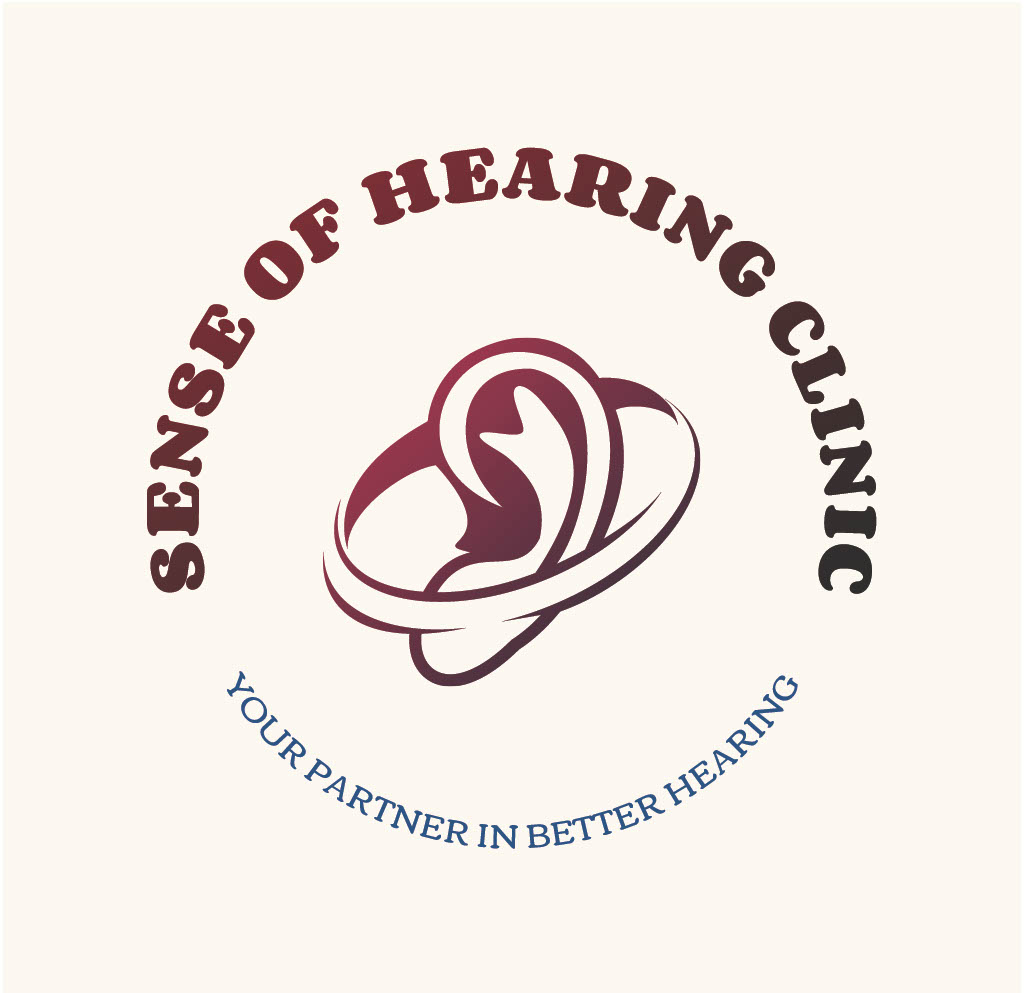Early identification and management of hearing loss is crucial for maintaining quality of life, communication abilities, and overall well-being. The sooner hearing loss is detected and addressed, the better the outcomes for treatment and adaptation.

Early identification of hearing loss provides significant advantages:
- Better outcomes: Earlier intervention leads to more successful treatment
- Prevent progression: Some types of hearing loss can be slowed or stopped
- Easier adaptation: Gradual adjustment to hearing aids and strategies
- Quality of life: Maintain social connections and independence
Hearing loss often develops gradually and can be difficult to recognize:
- Gradual onset: Changes happen slowly over months or years
- Brain adaptation: Your brain compensates for missing sounds
- Denial or avoidance: People often don't want to acknowledge the problem
- Blame others: "People mumble" or "They speak too quietly"
The Average Delay
Early Warning Signs
Communication Difficulties
- • Frequently asking people to repeat themselves
- • Difficulty understanding conversations in noisy places
- • Trouble hearing on the telephone
- • Missing parts of conversations
- • Difficulty hearing children's or women's voices
- • Needing to see people's faces to understand them
- • Misunderstanding what people say
Behavioral Changes
- • Turning up TV or radio volume
- • Avoiding social gatherings or restaurants
- • Withdrawing from conversations
- • Feeling tired after listening
- • Pretending to hear when you don't
- • Avoiding phone calls
- • Feeling left out of group conversations
Types of Hearing Loss
Problems in the outer or middle ear that prevent sound from reaching the inner ear.
Common Causes:
- • Ear wax blockage
- • Ear infections
- • Fluid in middle ear
- • Perforated eardrum
- • Otosclerosis
Often treatable medically or surgically
Damage to the inner ear or auditory nerve pathways to the brain.
Common Causes:
- • Age-related changes
- • Noise exposure
- • Genetics
- • Certain medications
- • Viral infections
Usually permanent, managed with hearing aids
Combination of both conductive and sensorineural hearing loss.
Characteristics:
- • Multiple causes present
- • More complex to treat
- • May require combined approaches
- • Can develop over time
- • Needs comprehensive evaluation
Requires individualized treatment plan
The Impact of Untreated Hearing Loss
- • Social isolation and loneliness
- • Depression and anxiety
- • Reduced self-confidence
- • Strained relationships
- • Withdrawal from activities
- • Feeling embarrassed or frustrated
- • Loss of independence
- • Increased risk of cognitive decline
- • Higher risk of falls and accidents
- • Mental fatigue from straining to hear
- • Reduced job performance
- • Memory problems
- • Difficulty concentrating
- • Overall reduced quality of life
Research Connection
Professional Hearing Assessment
What to Expect
- • Comprehensive case history
- • Visual examination of ears (otoscopy)
- • Pure tone hearing test
- • Speech understanding assessment
- • Middle ear function testing
- • Results explanation and recommendations
- • Discussion of treatment options
When to Get Tested
- • Annual screening after age 50
- • If you notice any hearing changes
- • Family history of hearing loss
- • Exposure to loud noises
- • Taking medications that affect hearing
- • Following ear infections or injuries
- • If others comment on your hearing
Early Management Strategies
- • Schedule professional hearing evaluation
- • Remove ear wax if present
- • Treat any underlying medical conditions
- • Review medications with doctor
- • Protect remaining hearing
- • Learn communication strategies
- • Inform family and friends
- • Consider hearing aids if recommended
- • Regular follow-up appointments
- • Hearing aid maintenance and adjustments
- • Communication skills training
- • Support group participation
- • Environmental modifications
- • Ongoing hearing protection
Communication Strategies
For the Person with Hearing Loss
- • Position yourself to see the speaker's face
- • Reduce background noise when possible
- • Ask for repetition or clarification
- • Use visual cues and context
- • Inform others about your hearing loss
- • Take breaks when listening is tiring
- • Use assistive listening devices
For Family and Friends
- • Get the person's attention before speaking
- • Face the person when talking
- • Speak clearly but don't shout
- • Rephrase rather than just repeat
- • Be patient and understanding
- • Include them in conversations
- • Learn about hearing loss and treatment
Treatment Options
For conductive hearing loss and some medical conditions:
- • Ear wax removal
- • Medication for infections
- • Surgery for structural problems
- • Treatment of underlying conditions
Most common treatment for sensorineural hearing loss:
- • Various styles and technologies
- • Digital processing
- • Wireless connectivity
- • Customized programming
Additional tools to improve communication:
- • Amplified telephones
- • TV listening systems
- • Alerting devices
- • FM systems
Success with Early Intervention
Taking the First Step
If You Suspect Hearing Loss:
- • Don't ignore the signs
- • Schedule a hearing evaluation
- • Bring a family member for support
- • Write down your questions beforehand
- • Be honest about your difficulties
- • Discuss your lifestyle and needs
What to Bring:
- • List of current medications
- • Previous hearing test results
- • Insurance information
- • List of hearing difficulties
- • Questions about treatment options
- • Support person if desired
